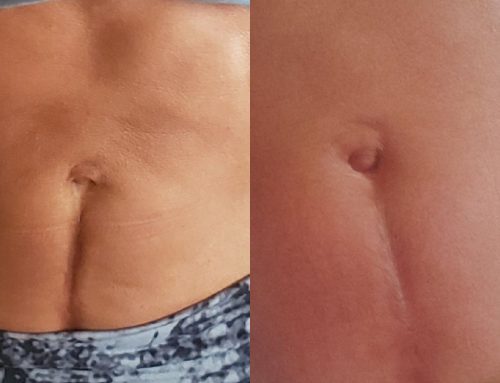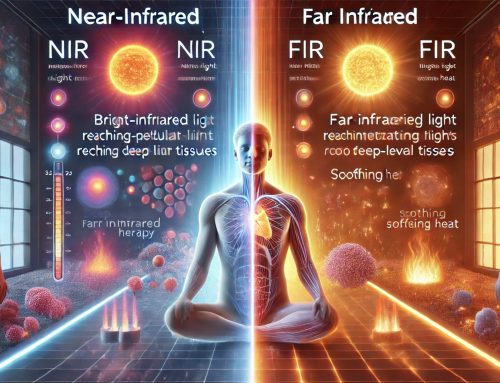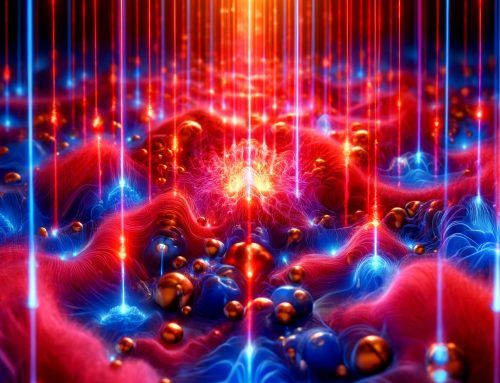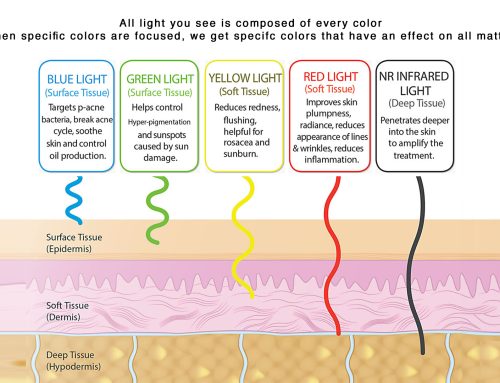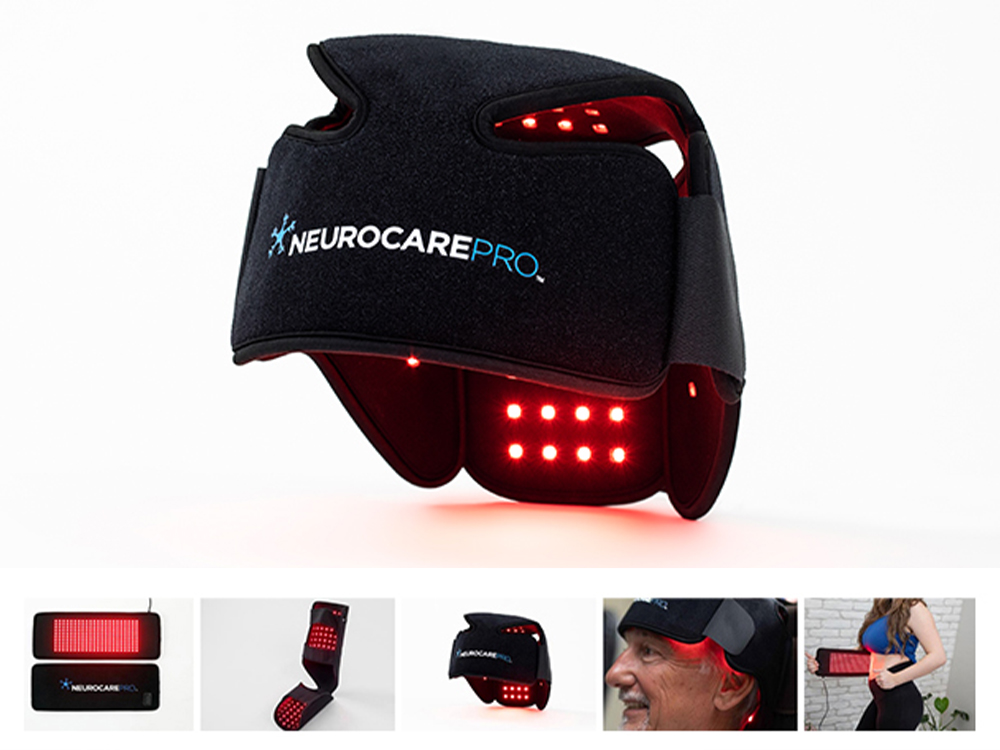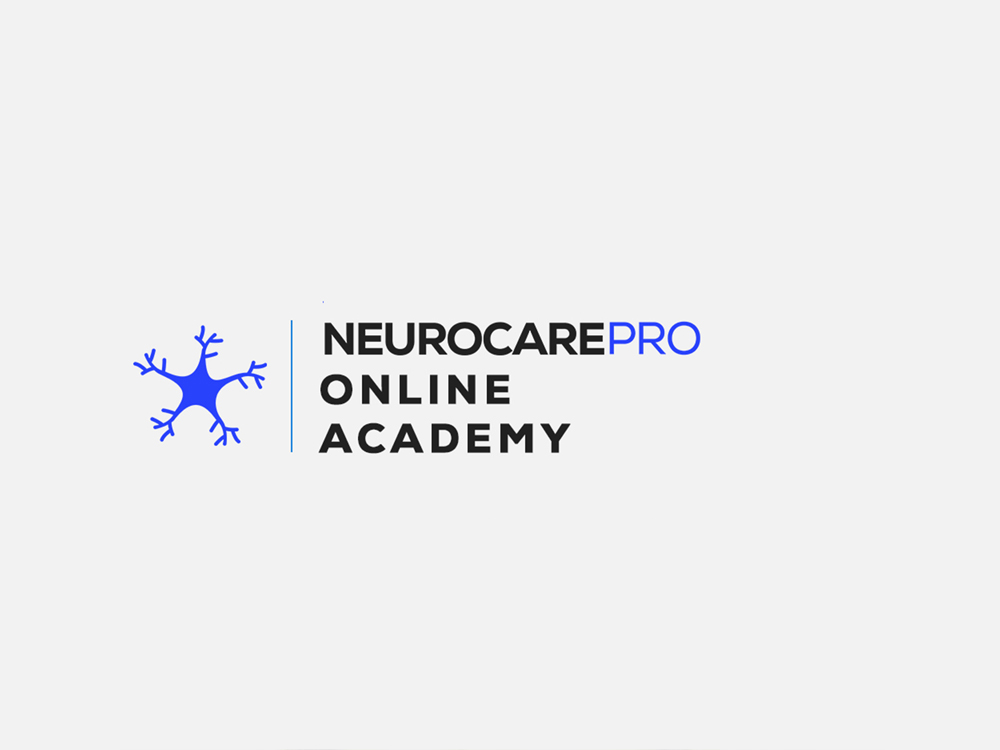Play Audio on “What is LED Light Therapy? by David Christenson
Transcript: LED light therapy is essentially an acronym for light emitting diodes and they use several semiconductor compounds, which are commonly used in, in in the production of LEDs. Some of those are like gallium nitrate, aluminum gallium nitrate indium, gallium nitrate, aluminum, indium gallium phosphate in gallium arsenide arsenide, and aluminum gallium arsenide.
So, those are some of the chemicals that they use and then they do electrical charge to them. And that’s how the colors kind of are defined. So it’s it’s not a real complicated process.
They’ve been around for about 50 years in heavy production and about 30 But that’s what led light is and and the reason they last so long because they’re much more efficient in LED in photonic output Lord and otherwise light output and, and much more, you know, less heat where the incandescent bulbs are the opposite… Very, very hot, very inefficient, and they put out more heat than they do actual lights.
So that’s why LEDs are the future. And there’s lots of types of LEDs. You can see it in your watch. You can see it in your TV.
You can see it in all kinds of different you know, red light strips, but there’s a big difference between LED Christmas lights, which is a little dot of these chemicals, then a class two medical device led those are in the same class as a cold laser.
Introduction to What is LED Light Therapy
LED light therapy, a groundbreaking technology in the world of skincare and healing, has been making waves for its non-invasive and innovative approach to treating various skin conditions and promoting overall wellness. Originating from NASA’s research for plant growth in space, this therapy has evolved significantly, finding its way into dermatologists’ clinics and our homes.
Understanding the Science Behind LED Light Therapy
LED light therapy operates on the principle of emitting light waves of specific wavelengths that penetrate the skin to trigger natural intracellular reactions. Each color of light targets different skin issues: red light promotes collagen production and healing, blue light is known for its antibacterial properties, especially against acne, and green light can reduce pigmentation and soothe the skin. Numerous studies validate these effects, making LED therapy a trusted choice in modern skincare and health regimes.
Types of LED Light Therapy
- Red Light Therapy: Ideal for anti-aging, collagen production, and healing.
- Blue Light Therapy: Effective against acne and bacteria.
- Green Light Therapy: Excellent for pigmentation and calming the skin.
- Combination Light Therapy: A synergistic approach for comprehensive skin care.
Benefits of LED Light Therapy
The versatility of LED light therapy is evident in its wide range of benefits. It rejuvenates the skin, aids in pain relief, and even has mental health benefits due to its calming effect.
Practical Applications of LED Light Therapy
This technology is not just limited to dermatology. It’s also used in physical therapy for pain relief and wound healing, and with the advent of home-use devices, it’s becoming increasingly accessible for personal skincare routines.
How to Use LED Light Therapy
LED therapy can be experienced both professionally and at home. While professional treatments offer higher intensity, at-home devices are convenient for regular use. It’s crucial to follow safe usage guidelines, like limiting exposure time and frequency, to avoid any adverse effects.
Potential Side Effects and Considerations
Though generally safe, LED light therapy can have side effects, particularly for those with certain medical conditions or skin types. It’s essential to consult a healthcare provider before starting treatment.
Comparing LED Light Therapy with Other Treatments
When compared to laser therapy or traditional skincare methods, LED light therapy stands out for its non-invasive nature and lower risk of side effects. It’s a gentler yet effective alternative.
Cost and Accessibility of LED Light Therapy
The cost of LED therapy varies depending on whether it’s a professional treatment or a home-use device. While professional treatments can be pricey, home devices offer a more affordable and convenient option.
Future of LED Light Therapy
Ongoing research in LED therapy is continuously uncovering new applications and improvements, promising an exciting future for this technology in medical and cosmetic fields.
Hopefully by now, you’ve found answers to “What is LED Light Therapy?” and have a better understanding.
If you have any other questions on “What is LED light therapy?” feel free to contact us for more information and how Neurocare Pro can potentially benefit you.
Visit Our Learning Center:
https://neurocarepro.com/learning-center/
Visit our YouTube page for more:
https://www.youtube.com/@neurocarepro
Disclaimer: It’s advisable to consult a dermatologist before starting LED light therapy to ensure it’s appropriate for your skin type and condition. Always consult with a qualified healthcare provider for personalized advice and guidance before starting any new treatment, especially if you have any pre-existing health conditions or concerns. Use of LED light therapy should be based on a doctor’s recommendation to ensure safety and efficacy. Remember, individual results may vary and it’s crucial to follow professional guidance for any healthcare decision.





